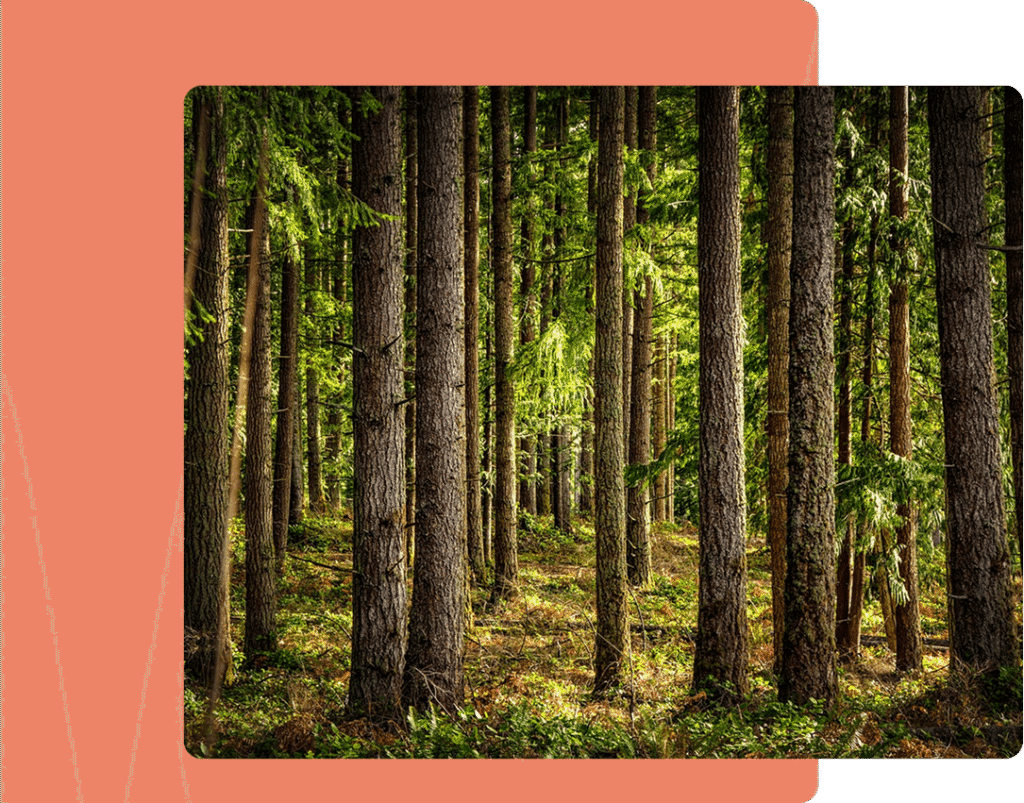Not a true fir, but don’t tell it that—Douglas fir is tall, proud, and full of quirky cones.
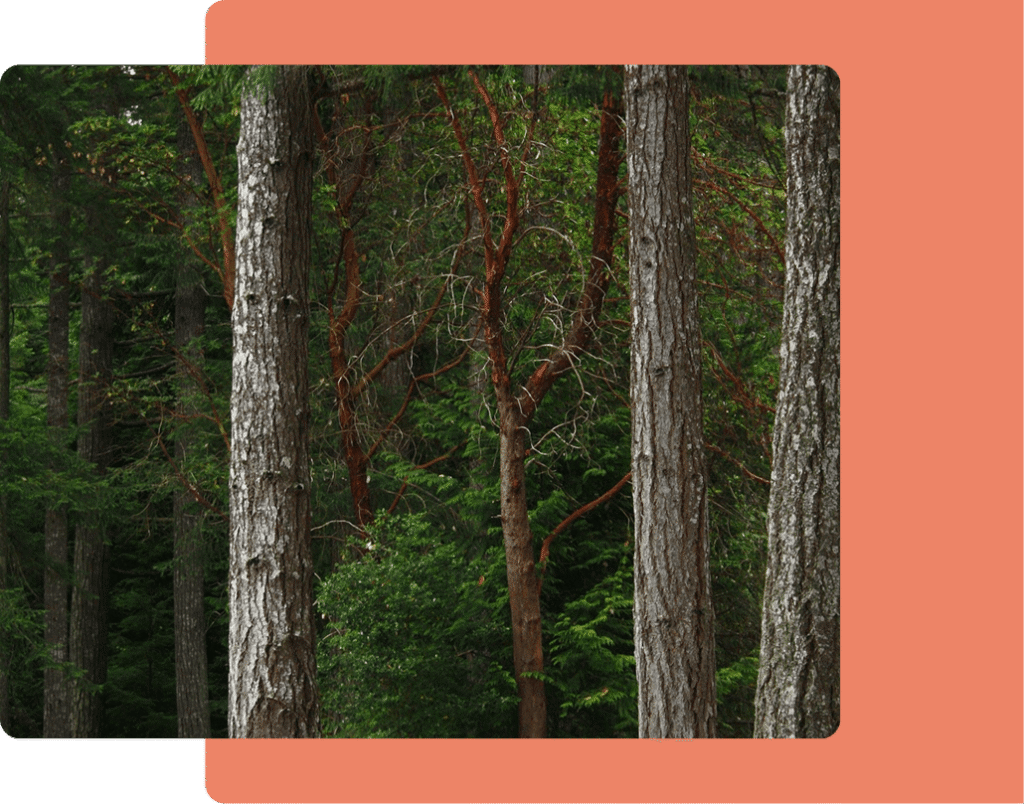
All over the Sierra Nevada’s mid to upper slopes.
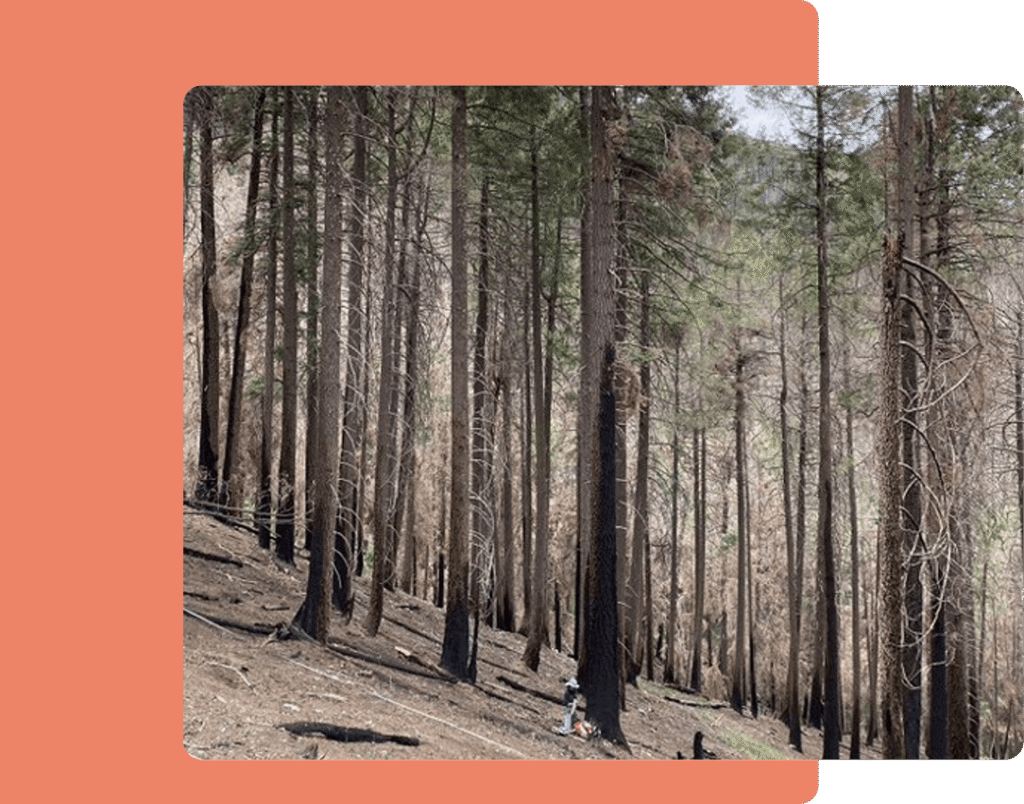
Stabilizes soil, shelters wildlife, and provides primo timber.
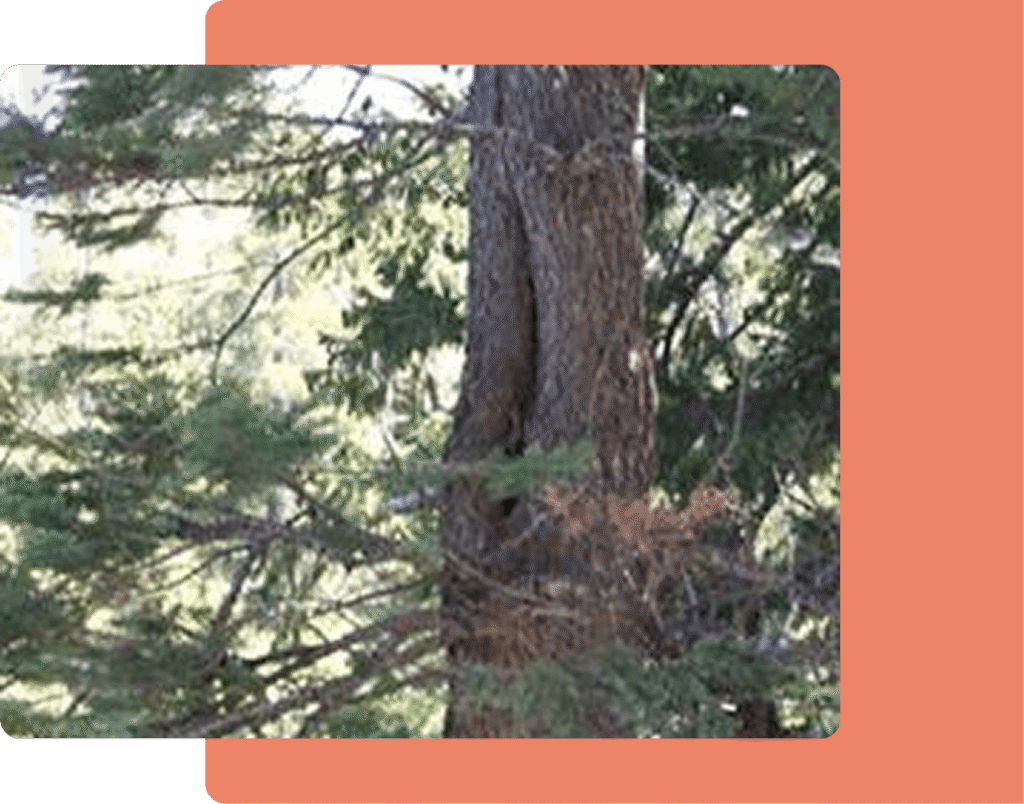
Cones with tiny bracts (look like mouse tails) drop seeds each fall.
Cool, moist climates with regular rainfall or snow.
● Needles: Soft and flat
● Bark: Thick and ridged in older trees
● Height: Up to 250 feet
Cones feed birds and squirrels. Owls and hawks nest up top.

Cones look like little mouse butts sticking out
Popular as a Christmas tree—classic shape and smell
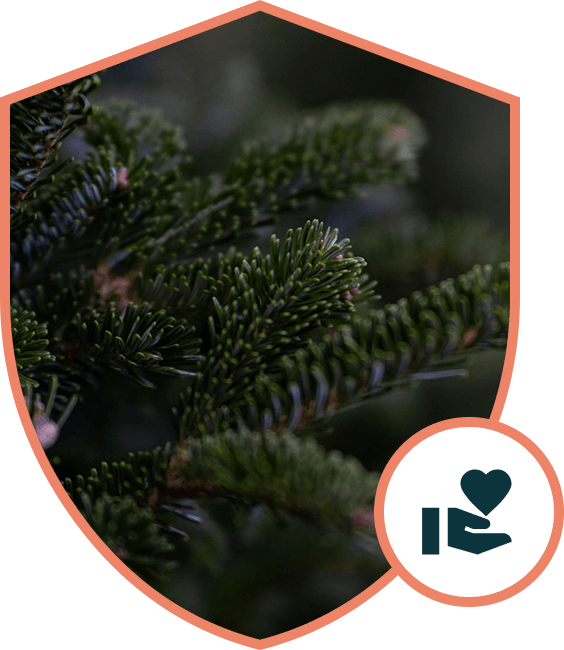
It holds forest ecosystems together and throws a fantastic wildlife party.
